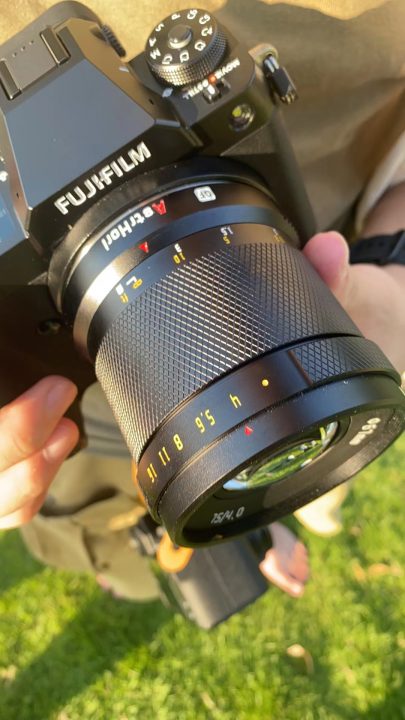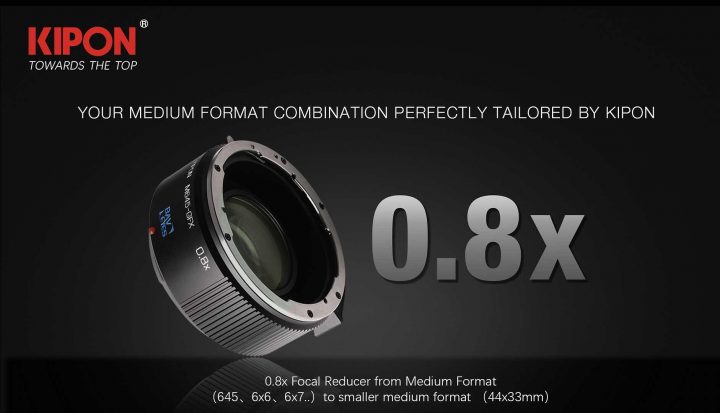LEAKED: AstrHori 75mm f/4 for Fujifilm GFX First Image and Specs

With the growing popularity of the Fujifilm GFX system, third party manufacturers started to make G mount lenses.
For example, we have a couple of nice Laowa G mount lenses, Mitakon G mount lenses, Irix G mount lenses and TTArtisan G mount lenses.
Well, another third party manufacturer is about to join the Fujifilm G mount system: AstrHori.
Now, AstrHori isn’t new in the Fujifilm world, as they already make a couple of lenses for the Fujifilm X system.
But the AstrHori 75mm f/4 will be their first lens for the Fujifilm GFX system. You can see an image of it mounted on the Fujifilm GFX100S above (in its original watermark free version ;))
- 75mm F4
- Format: medium format 4433
- Focal length: 75mm
- Aperture range: F4-16
- Optical structure: 8 elements in 6 groups
- Field of view: 44.2°
- Focus range: 0.82m~∞
- Filter size: Φ67mm
- Size: about Φ75mm*L76mm
- Weight: about 634.5g
- Bayonet: Fuji GFX / Hasselblad x
- Focusing method: Manual focus
GFX Gear
- GFX100S: BHphoto / AmazonUS / Adorama / Focuscamera / Moment
- GFX50S II: BHphoto / AmazonUS / Adorama / Focuscamera / Moment
Follow FujiRumors on Facebook, Instagram, RSS-feed and Twitter
RUMOR, NEWS and COMMUNITY



